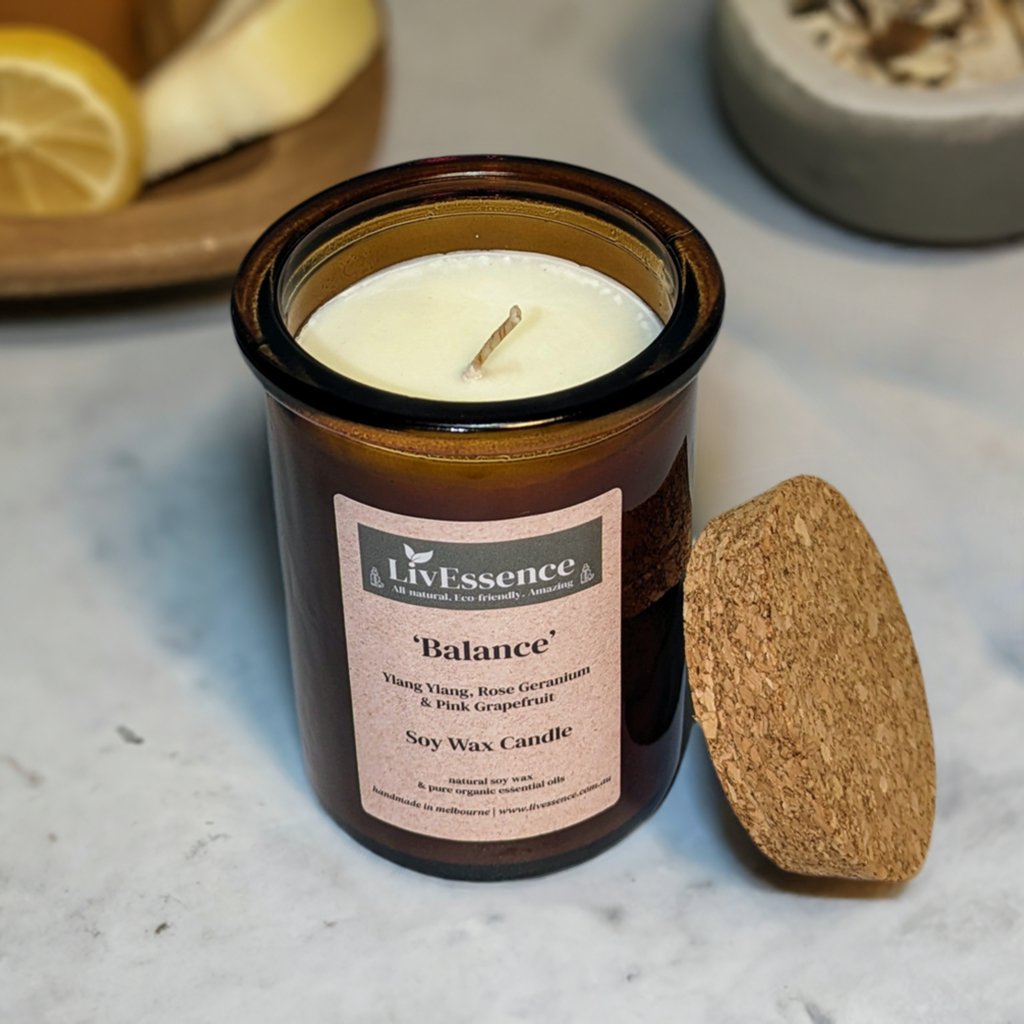Brighten Your Setting with Crystal Soy Candles and Home Fragrance
Brighten Your Setting with Crystal Soy Candles and Home Fragrance
Blog Article
From Wick to Wax: Comprehending the Chemistry Behind Soy Wax Candles and Their Ecological Influence
As we illuminate our rooms with the warm radiance of candle lights, there lies a realm of elaborate chemistry behind the seemingly basic act of lighting a soy wax candle. The option between soy and paraffin wax prolongs past simple aesthetics, diving into the realm of ecological impact and the really structure of the products. Understanding the molecular framework of soy wax and its burning process clarifies the exhausts launched into our environments. Join us as we unravel the scientific details behind soy wax candles and discover their implications on our atmosphere.
Soy Wax Vs. Paraffin Wax
When comparing soy wax and paraffin wax for candle making, it is necessary to comprehend the distinct qualities and benefits of each material. Soy wax is a natural, sustainable source acquired from soybean oil, making it environment-friendly and biodegradable - crystal soy candles. In comparison, paraffin wax is a byproduct of oil refining, which raises issues concerning its environmental influence and sustainability
Soy wax candles shed cleaner and produce less soot contrasted to paraffin wax candle lights, making them a healthier selection for interior air top quality. In addition, soy wax has a reduced melting point, permitting a longer-lasting candle light that spreads scent extra efficiently. Paraffin wax, on the various other hand, often tends to shed faster and less cleanly, potentially launching damaging chemicals into the air.
From a sustainability viewpoint, soy wax is favored for its biodegradability and eco-friendly sourcing, straightening with the expanding consumer choice for eco mindful items. While paraffin wax has actually been a traditional choice in candle light making as a result of its cost and ease of use, the shift in the direction of environment-friendly choices like soy wax is getting energy in the sector.
Chemical Make-up of Soy Wax

Combustion Process in Soy Candles
The chemical composition of soy wax straight affects the combustion procedure in soy candles, impacting variables such as burn time, aroma release, and ecological impact. When a soy candle is lit, the warmth from the fire thaws the wax near the wick. This fluid wax is after that formulated the wick as a result of capillary activity. As the fluid wax gets to the fire, it evaporates and undertakes burning. The burning procedure includes the vaporized hydrocarbons in the wax responding with oxygen in the air to create heat, light, water vapor, and co2.
The combustion performance of soy candle lights is affected by the pureness of the soy wax and the quality of the wick. Furthermore, soy wax candles have a lower ecological influence compared to paraffin candle lights due to their sustainable and naturally degradable nature.

Ecological Advantages of Soy Wax

Thought about a lasting choice to typical paraffin wax, soy wax supplies significant environmental advantages that make it a prominent selection among eco-conscious consumers. One substantial advantage of soy wax is its renewable sourcing. Soy wax is obtained from soybean oil, which is primarily grown in the United States. The growing of soybeans assists support neighborhood farmers and lowers the dependency on non-renewable nonrenewable fuel sources used in paraffin wax production. Furthermore, soy wax is biodegradable, meaning it damages down normally without releasing hazardous contaminants into the atmosphere. This particular makes soy wax candle lights an extra environmentally friendly alternative compared to paraffin wax candle lights, which are made from oil, a non-renewable source. Soy wax burns cleaner and produces less check it out residue than paraffin wax, adding to better indoor air quality and reducing the demand for cleansing and maintenance. On the whole, the ecological advantages of soy wax line up with the expanding demand for environmentally friendly and sustainable products in the market.
Recycling and Disposal Considerations
Recycling and appropriate disposal of soy wax candles play a critical role in keeping environmental sustainability and lowering waste in houses and areas. The first action is to ensure that the candle has shed totally when it comes to recycling soy wax candles. This can be achieved by permitting the candle to shed till the wick is no longer useful, and after that letting the remaining wax cool and solidify. When the wax has strengthened, it can be thoroughly removed from the container.

In terms of disposal, if recycling is not an option, soy wax candles are biodegradable and can be securely taken care of in most family waste systems. It is constantly advised to examine with regional reusing centers or waste administration services for particular standards on candle light disposal to make certain my response proper handling and ecological protection.
Final Thought
In conclusion, the chemistry behind soy wax candles exposes their environmental benefits over paraffin wax candles. Soy wax, obtained from soybean oil, burns cleaner and creates much less residue when compared to paraffin wax.
When contrasting soy wax and paraffin wax for candle production, it is important to understand the distinctive attributes and benefits of each product (candles).Soy wax candles shed cleaner and give off much less residue contrasted to paraffin wax candles, making them a healthier selection for indoor air top quality.Thought about a lasting alternative to typical paraffin wax, soy wax supplies remarkable environmental benefits that make it a preferred option among eco-conscious customers. Soy wax burns cleaner and creates much less residue than paraffin wax, adding to better indoor air quality and minimizing the demand for cleansing and upkeep.In final thought, the chemistry behind soy wax candles exposes their ecological advantages over paraffin wax candle lights
Report this page